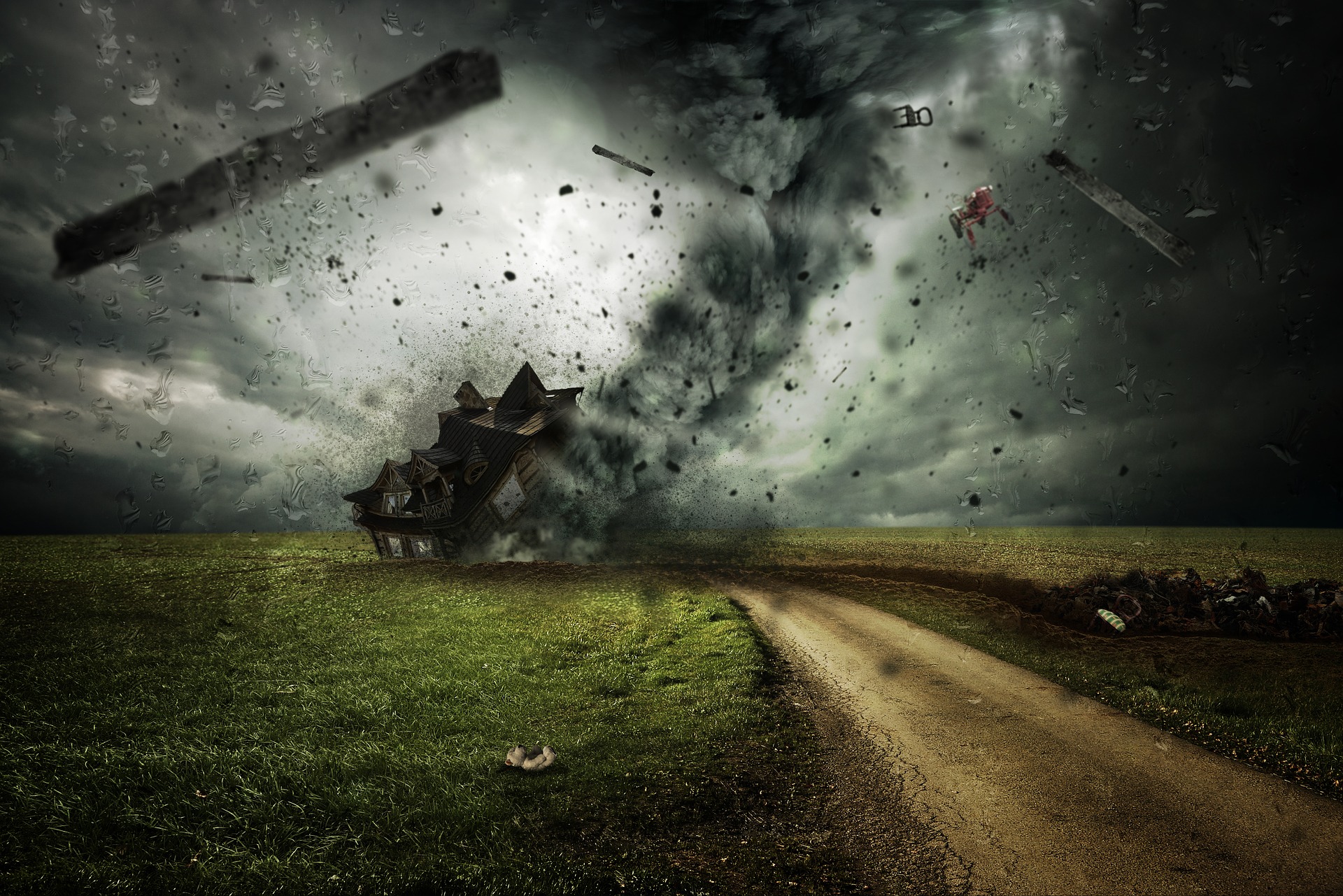Are You at Risk for a Natural Disaster? Here’s How To Stay Safe.
Natural disasters can affect anyone, but certain states are at higher risk. Texas, for example, has at least one major natural disaster each year. Hurricanes, wildfires, and tornadoes hit the state annually and have earned Texas a top-ranking spot in occurrences. Weather tracker alert residents across the US to potentially disastrous weather-based conditions, but people in Michigan may lead somewhat less concerned lives. Excluding heavy snow, Michigan rests at the opposite side of the natural disaster scale with one of the lowest probability factors and number of occurrences.

Know What To Do No Matter Where You Are
Knowing what to do helps you to stay safe wherever a natural disaster may occur. Lightning detection systems will warn you of approaching electrical storms, but you need to know what to do in order to be fully protected. The CDC reports that about a third of the injuries from lightning strikes occur indoors. They advise avoiding contact with plumbing systems or anything connected to an electrical outlet in order to stay safe. You must know what to do whether you are at home or travelling.
Plan Ahead and Keep an Emergency Kit Within Reach
Weather stations for schools at a college campus will alert students to the need to take cover in their dorm rooms or homes, but an emergency kit should be on hand. If you’re forced to stay indoors till a storm passes, be prepared with at least three days of non-perishable dry and canned food, a bottled water supply, and a battery-powered radio. In the event of a hurricane, stay away from windows that could blow in.
Some situations warrant evacuations. Plan in advance and be sure you know the best routes to take to get away from the affected area. Keep a ready-to-go emergency kit on-hand or in the car.
Public Safety Officials Rely On Advanced Weather Data Systems
Affected citizens and the public officials who look out for them have access to advanced weather data and alert systems that can make the difference between safety and catastrophe. Learn all you can about what’s available and how to connect with those systems before a natural disaster strikes.




